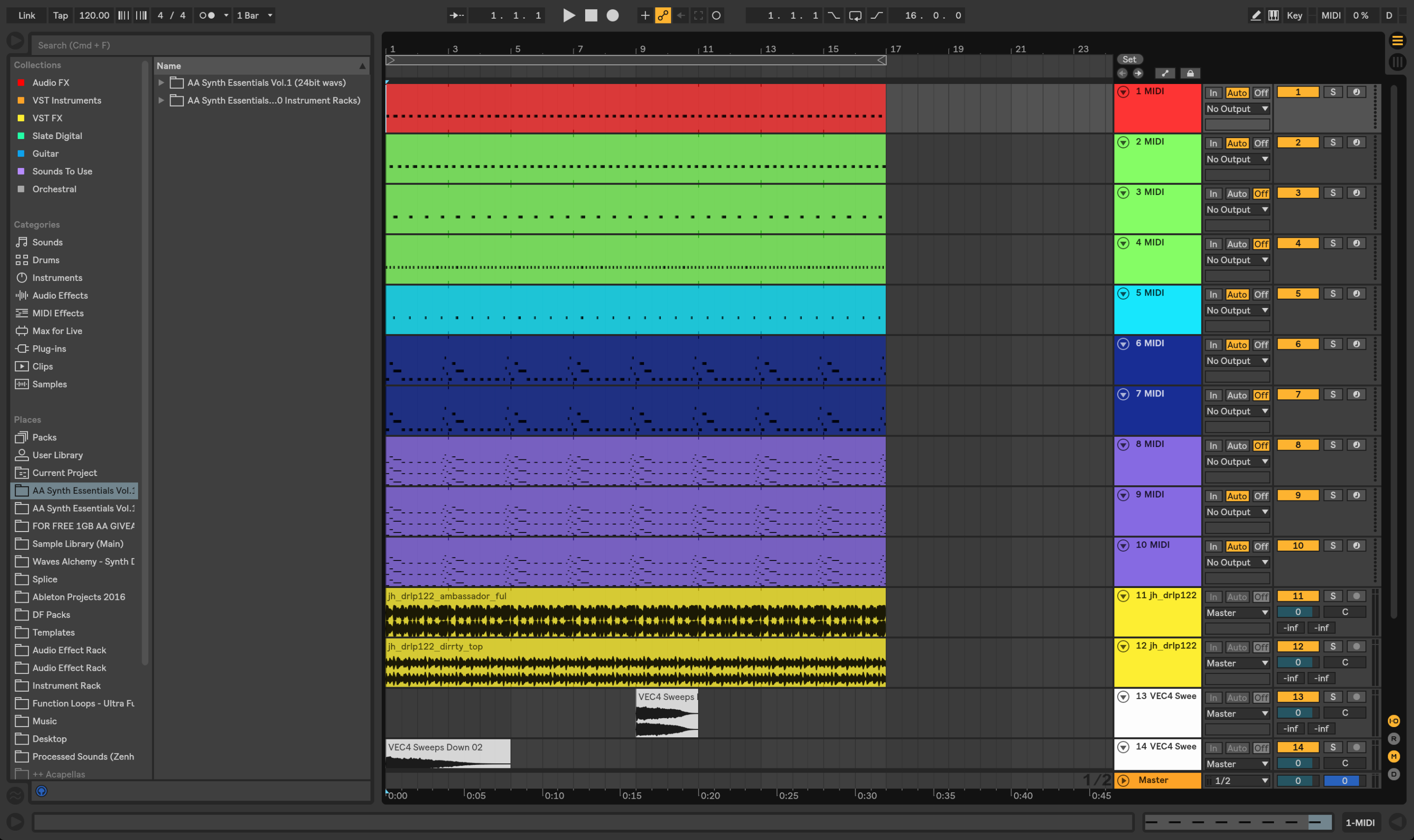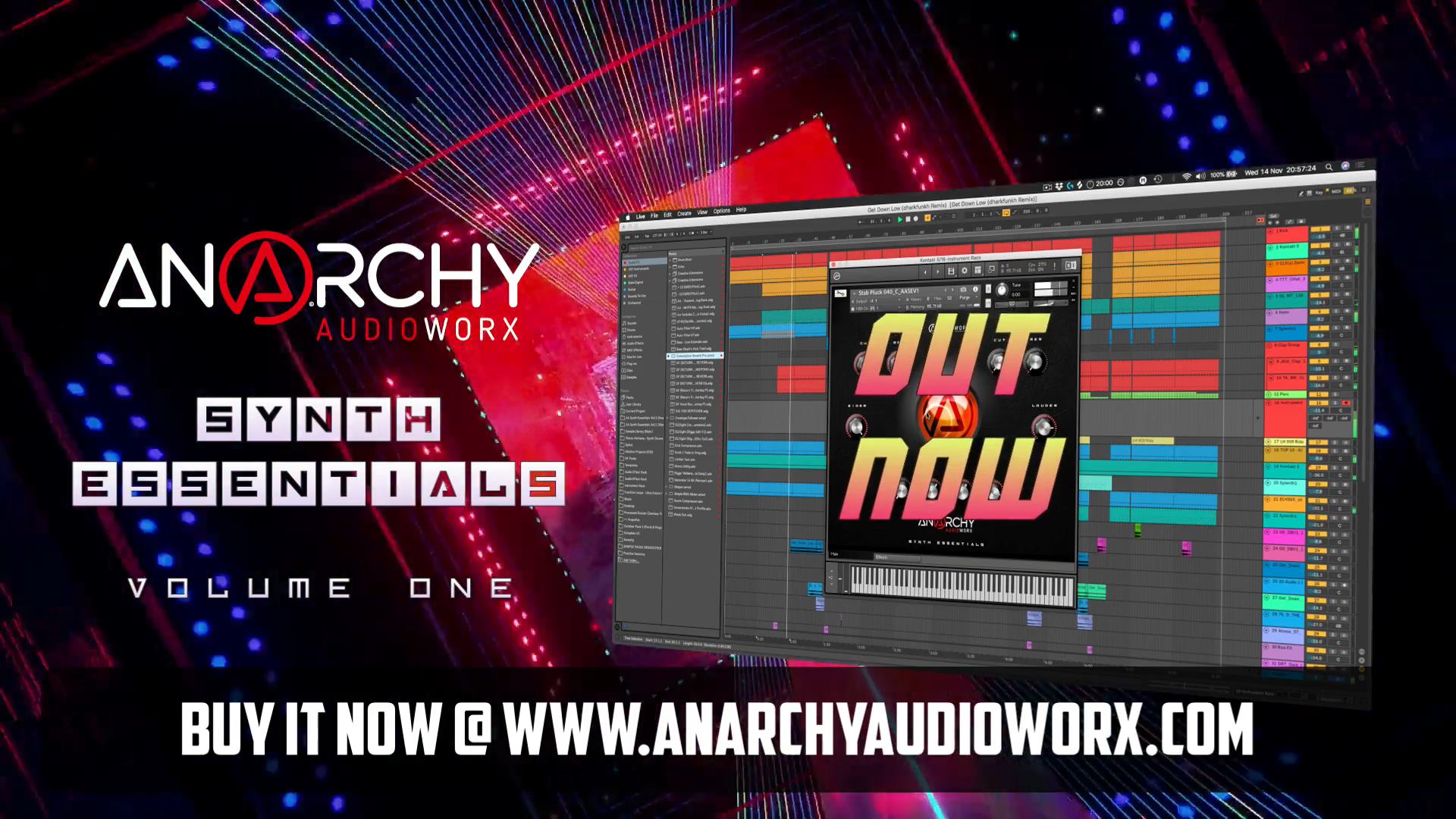We all hit creative brick walls sometimes and inspiration can be hard to find. Here are a few ideas to help you get back in the studio with a fresh perspective with some new workflow tricks…
1. Limit yourself
Here’s a recent track I did using this method only using 1 synth to rebuild one of my favourite tracks:
6 BRAND NEW PLUGINS AVAILABLE NOW!
Get HUGE savings for a limited time on our 6 brand new plugins, including Vocalator Pro, LFO Pro, BEEF, Anarchy Comp, Pulsar & Duplex
2. Break away from the loop
Need Help Finishing Your Tracks?
Get your ideas and unfinished tracks completed, mixed and mastered to a professional release ready standard by our in-house engineer, Steve Riggs AKA dharkfunkh
(Armada, Suara, Interscope, Nervous Records, KMS Records)
3. Rework an old project
6 BRAND NEW PLUGINS AVAILABLE NOW!
Get HUGE savings for a limited time on our 6 brand new plugins, including Vocalator Pro, LFO Pro, BEEF, Anarchy Comp, Pulsar & Duplex
4. Learn from your favourite tracks
5. Experiment with a new workflow
6. De-clutter your workspace
Need Help Finishing Your Tracks?
Get your ideas and unfinished tracks completed, mixed and mastered to a professional release ready standard by our in-house engineer, Steve Riggs AKA dharkfunkh
(Armada, Suara, Interscope, Nervous Records, KMS Records)
7. Minimise distractions
?
6 BRAND NEW PLUGINS AVAILABLE NOW!
Get HUGE savings for a limited time on our 6 brand new plugins, including Vocalator Pro, LFO Pro, BEEF, Anarchy Comp, Pulsar & Duplex
8. Prepare your sounds before you start
9. Give yourself a deadline (Set a timer)
10. Try using chord and scale plugins to get inspiration
6 BRAND NEW PLUGINS AVAILABLE NOW!
Get HUGE savings for a limited time on our 6 brand new plugins, including Vocalator Pro, LFO Pro, BEEF, Anarchy Comp, Pulsar & Duplex
Need Help Finishing Your Tracks?
Get your ideas and unfinished tracks completed, mixed and mastered to a professional release ready standard by our in-house engineer, Steve Riggs AKA dharkfunkh
(Armada, Suara, Interscope, Nervous Records, KMS Records)
Been working with Riggsy for many years and he always does a great job whatever the genre of music, we’ve made some classics together
From Radio 1 to underground club bangers, Steve and his sounds always deliver. Can't say much more than that! 5 Stars!
As expected, nothing but quality! 5 Stars!
This guy is amazing. From sound design to mixdowns and mastering. Always at hand with good advice and sound solutions.
I wouldn’t go anywhere else for my own, or my clients music! <3
Maaaate you are a rockstar! Seriously, take my money forever!









Fantastic review fromthe main man himself, every tip is a tutorial in itself.